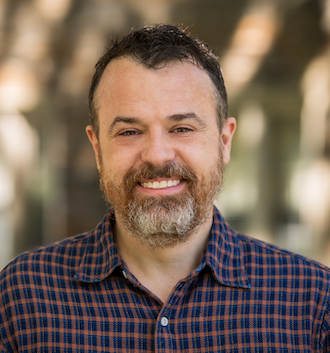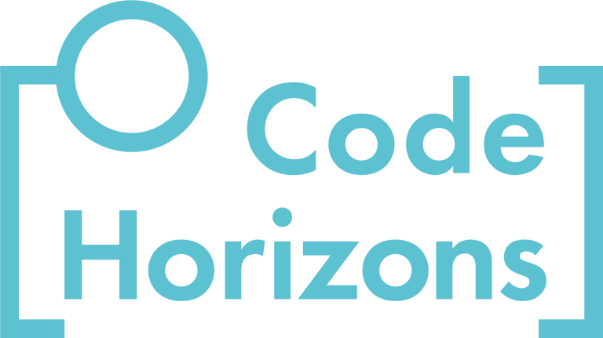When Paul Allison asked me if I wanted to teach a course in Bangladesh, my first reaction was confusion. Other than knowing a few basic facts about the place, I had spent little time thinking about the country and none at all imagining myself going there. And here, suddenly, was an opportunity to spend a week in the country teaching Stata.
I love Stata and always jump at the chance to teach it. But I was honestly a bit terrified. I had never been outside North America and Western Europe and don’t really consider myself much of a traveler. What would Dhaka be like? I had no real reference point for trying to predict the experience. Even as I was boarding the flight from Boston to Dubai (the second leg of a 28-hour trip), there was a part of me still asking, “What have you gotten yourself into?”
Fortunately my love of teaching Stata was greater than my anxiety because the week I spent in Dhaka ended up being one of the most satisfying of my professional life.
LEARN MORE IN A SEMINAR WITH STEVE VAISEY
Most of the students I taught were participants in the CDC’s Field Epidemiology Training Program (FETP). This worldwide program takes government doctors who’ve been doing clinical work and trains them to be field epidemiologists. All of the doctors had received basic biostatistics training before I arrived. So my primary role was to teach them how to use Stata to implement the techniques they’d already learned in class.
The most surprising aspect of this experience was how much we ended up focusing on data cleaning. In most of my career, I’ve used very well-behaved data sets like the General Social Survey. In Dhaka, most of the students were dealing with what initially seemed to me very disorganized spreadsheets. Their data had all the numbers stored as text, inconsistent capitalization, and in many cases were half “long” format and half “wide” format.
I found it amazingly satisfying to teach these doctors how to take messy, complicated epidemiological surveillance data and turn them into something they could really use. There were one or two students who had been unable to make any progress on their projects for months because of data management difficulties. I had never met data management problems that complicated before. One particular reshape had me pulling my hair out and took me almost two hours to figure out. But I have rarely—maybe never—been as satisfied in front of a computer screen as the moment I finally got it.
Over the five days of the course, we covered a great deal, from t-tests, to logistic regression, to complex survey analysis. I especially enjoyed teaching these eager, energetic young doctors because they knew exactly how they were going to use these skills to make a difference in their country.
Fortunately I also had a little time to experience Dhaka. I got to ride a rickshaw, take a boat on the Ganges, walk down Hindu Street, and see buildings built by the East India Company. Just walking down the streets of Dhaka was one of the most incredible experiences of my life. The sights and sounds were beyond anything I had ever experienced. As I packed up my laptop on the last day of class, with the sound of the call to prayer in the background, my thoughts were no longer “what have I gotten myself into?” but instead “is this really over?”
Boarding the flight to return home, I was so grateful that my love of Stata had taken me to such an unexpected place. I hope I made as much of an impact on my students as they and their country made on me.
Stephen Vaisey is an Associate Professor of Sociology at Duke University. For Statistical Horizons, he regularly teaches a seminar on Treatment Effects Analysis.



Comments
Next time come to icddr,b and i am sure you will get lots of experience regarding health related data and how they are using stata,R. Also visit ISRT of University of Dhaka.